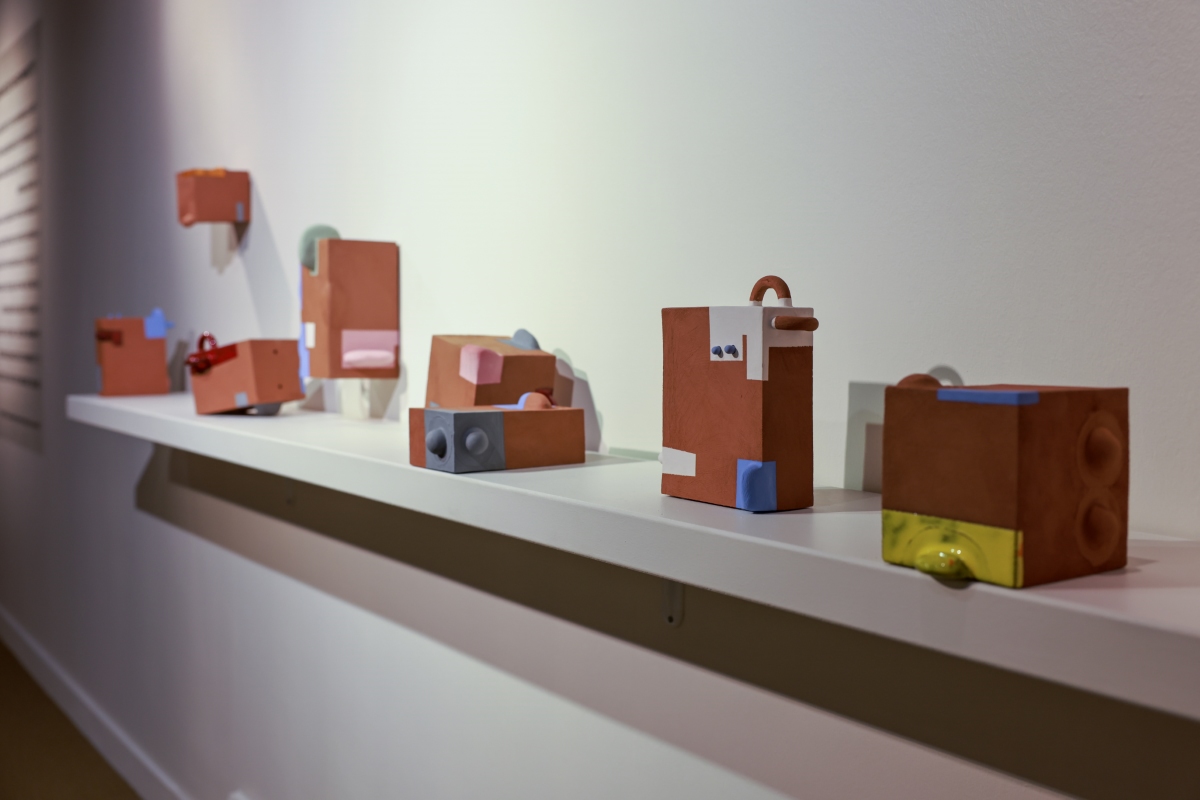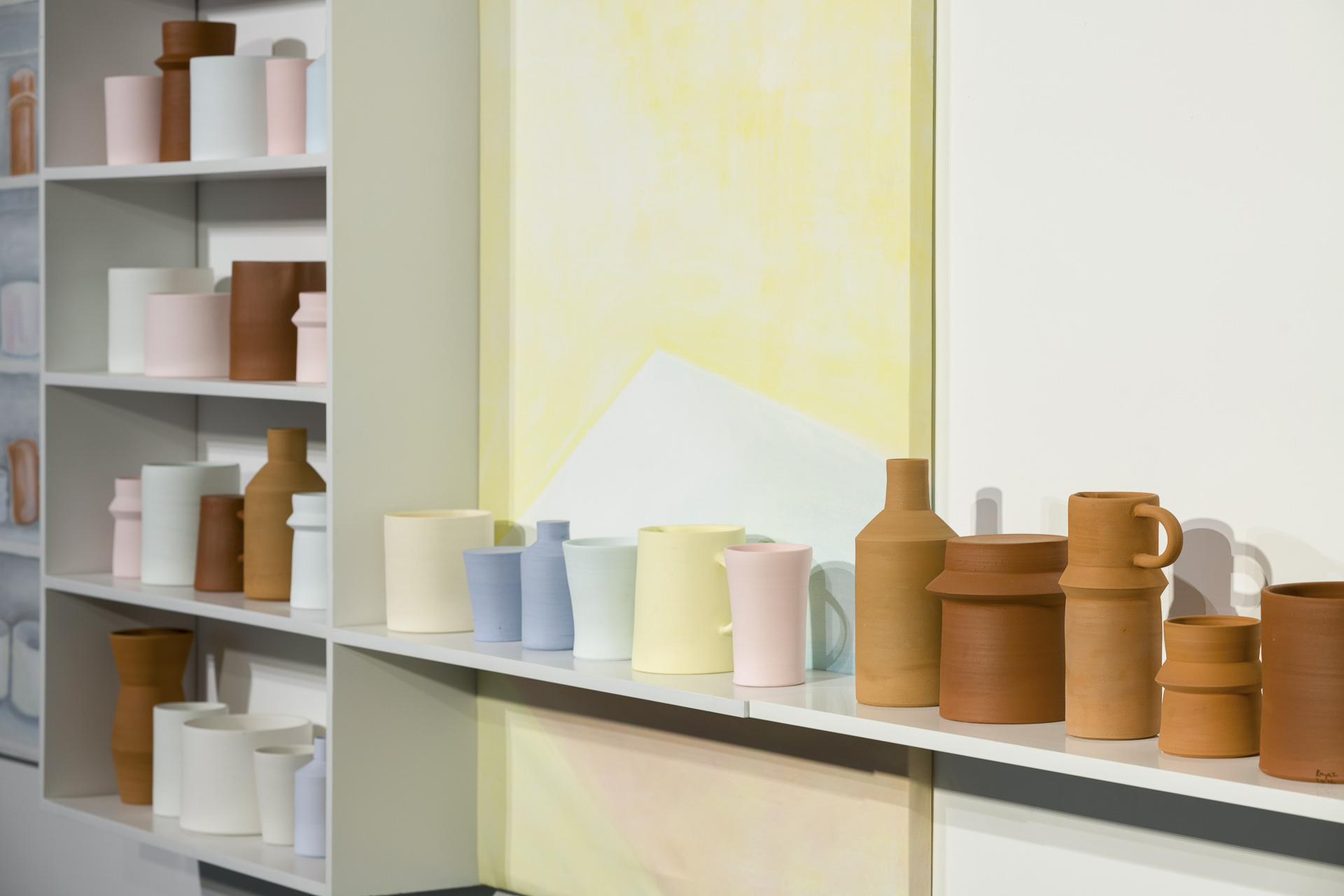Reyaz Badaruddin is a ceramics teacher and artist who lives in the village of Andretta in Himachal Pradesh, India. He graduated in ceramic and design from Banaras Hindu University in 2000. As an emerging artist, he worked as an apprentice with multi-disciplinary artist Isaiah Zagar in Philadelphia, USA, in 2003 and with ceramic artist Ray Meeker in 2007-2008 at Golden Bridge Pottery, Pondicherry, India.
In 2009, he went to Cardiff School of Art and Design, UK, on a Charles Wallace Fellowship for further studies, where he completed an MA attachment in ceramics. He is a recipient of the National Award and Junior Fellowships by the government of India.
He has participated in several national and international residencies, such as Art Ichol in Maihar, India, and KTSM in Istanbul, Turkey. He has participated in numerous group shows, and his works are in the collection of the Keramik Künstler Haus in Germany, the Mark Rothko Art Center in Latvia, the FULE International Ceramic Museum in China, and various other public and private collections. He is a co-curator and member of the core group of the Indian Ceramics Triennale.
Reyaz Badaruddin is co-founder of Atelier Lālmitti, a clay studio and ceramic centre located in the village of Andretta, at the foothill of the Indian Himalayas. Known for its handmade blue and white whimsical tableware, Atelier Lālmitti is also a centre where students and mentees come on long-term programmes to deepen their practice.
Visit Reyaz Badaruddin’s Instagram page.
Featured work
Selected works, 2018-2023


My inspiration keeps evolving to reflect a wide range of interests that mix social and aesthetic considerations. My work explores a range of themes, from witnessing the changing landscapes of urbanization to reflecting on aspects of craft and craftsmanship, exploring the place and role of artisans. More recently, I have engaged with formalist considerations in my ceramic practice, dealing with the questions of context and placement, as well as how these influence the perception of objects and determine the importance given to them.
Initially, I received traditional training, working predominantly on the potter’s wheel. Later, I was exposed to various techniques through meeting artists, traveling and working in different environments. Over the years, my technical vocabulary has diversified. I enjoy mixing hand-building, wheel-throwing, and, more recently, paint on canvas to take my practices to new territories.















